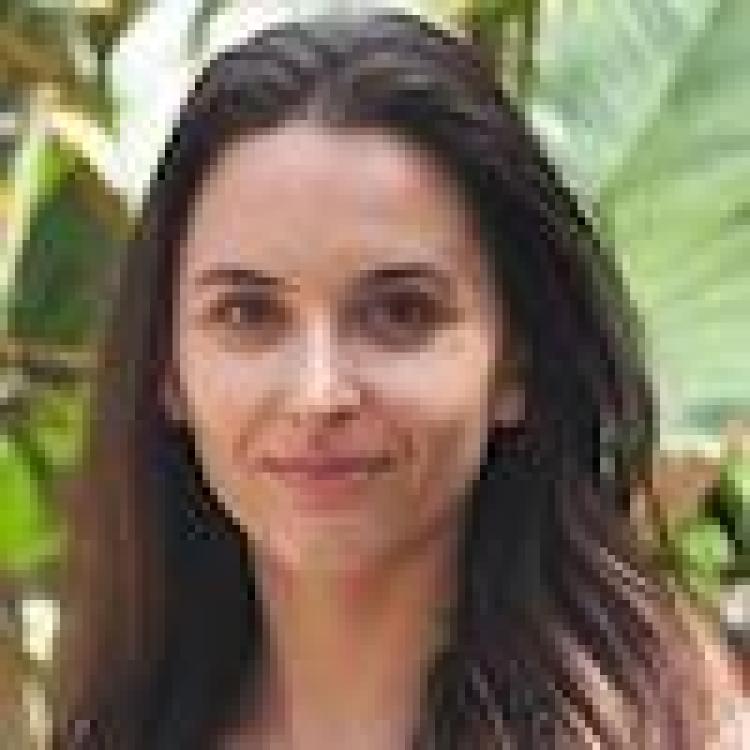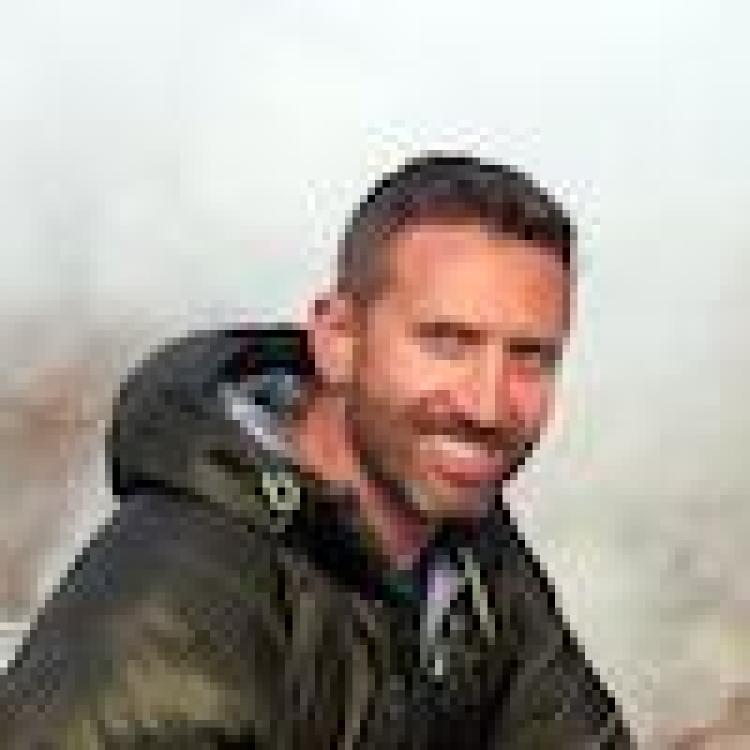CU Boulder celebrates 50 years since Apollo 11
On July 20, 1969, astronauts Neil Armstrong and Buzz Aldrin took their first steps on the moon. To celebrate the 50th anniversary of that landmark event, CU Boulder is highlighting the stories of scientists and engineers from across the university who contributed to the first five decades of human space exploration—and who are paving the way for future journeys to the moon and beyond. Learn more about the history of CU in space.
Explore
Fifty years after it was first laid out on the moon, the Laser Ranging Retroreflector experiment, the brainchild of JILA's James Faller, is still in use.
Author Charles Fishman talks about how the U.S. pulled off the feat of landing astronauts on the moon—plus moon rocks, lunar telescopes and more.
More than 50 years after humans first set foot on the moon, one CU Boulder researcher will gain access to a cache of never-before-studied lunar rocks.
A technology once considered wildly impractical could help to keep astronauts healthy as they return to the moon and travel even farther.
A new infrared camera will record temperatures at the surface of the moon in more detail than ever before.
Getting humans back to the moon is one thing. Jack Burns and other CU scientists are asking, "How can we stay?"
For the Media
Faculty experts from CU Boulder are available to discuss lunar science and exploration. To arrange an interview, contact Daniel Strain, CU Boulder media relations, at daniel.strain@colorado.edu:

Assistant Professor, Ann and H.J. Smead Department of Aerospace Engineering Sciences
Bioastronautics, human health in space

Dean, College of Engineering and Applied Science
Space policy, human space flight

Professor, Department of Astrophysical and Planetary Sciences
Space policy, future moon missions

Research Associate, Department of Geological Sciences
Moon rocks, lunar geology

Assistant Professor, Department of Astrophysical and Planetary Sciences and Laboratory for Atmospheric and Space Physics
Lunar geology, water on the moon

Director, Fiske Planetarium
Astronomy, Apollo program

Assistant Dean, College of Engineering and Applied Science
Space policy, human spaceflight
Apollo Anniversary Events








